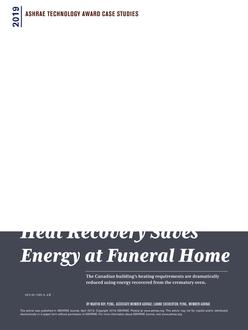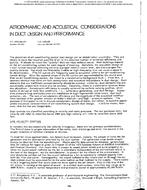The beneficial effect of solar gain through windows during the heating season is usually omitted from estimates of yearly residential heat loss, because the variable factors of orientation, latitude, month, solar insolation, wind, outdoor temperature and shading are difficult to quantify and generalize. Recent studies by the National Bureau of Standards (1,2) University of New Mexico (3) and the Small Homes Council (4) at the University of Illinois demonstrate the importance of orientation and the net heat gain or reduced heat loss in comparison with North-facing glazing. The latter study concluded that solar gain could provide 18 percent of the heating requirement in a conventional home and 35 percent of the requirement of a highly insulated home with a maximum of South-facing glazing. The NBS reports are based on a Washington, D. C. location, and the Small Homes Council used Madison, Wisconsin for the Lo-Cal house study. The work at the University of New Mexico is based on single and double glazing for locations in that State.
A simplified method of calculating the balance of heat flow through insulating glass has been developed. The methodology can be modified and expanded to include other variables such as building type, orientation, dual glazing, triple insulating glass and heat absorbing glass.
Citation: Symposium, ASHRAE Transactions, Volume 85, Part 1, Philadelphia, PA
Product Details
- Published:
- 1979
- Number of Pages:
- 25
- File Size:
- 1 file , 1.2 MB
- Product Code(s):
- D-PH-79-06-4


